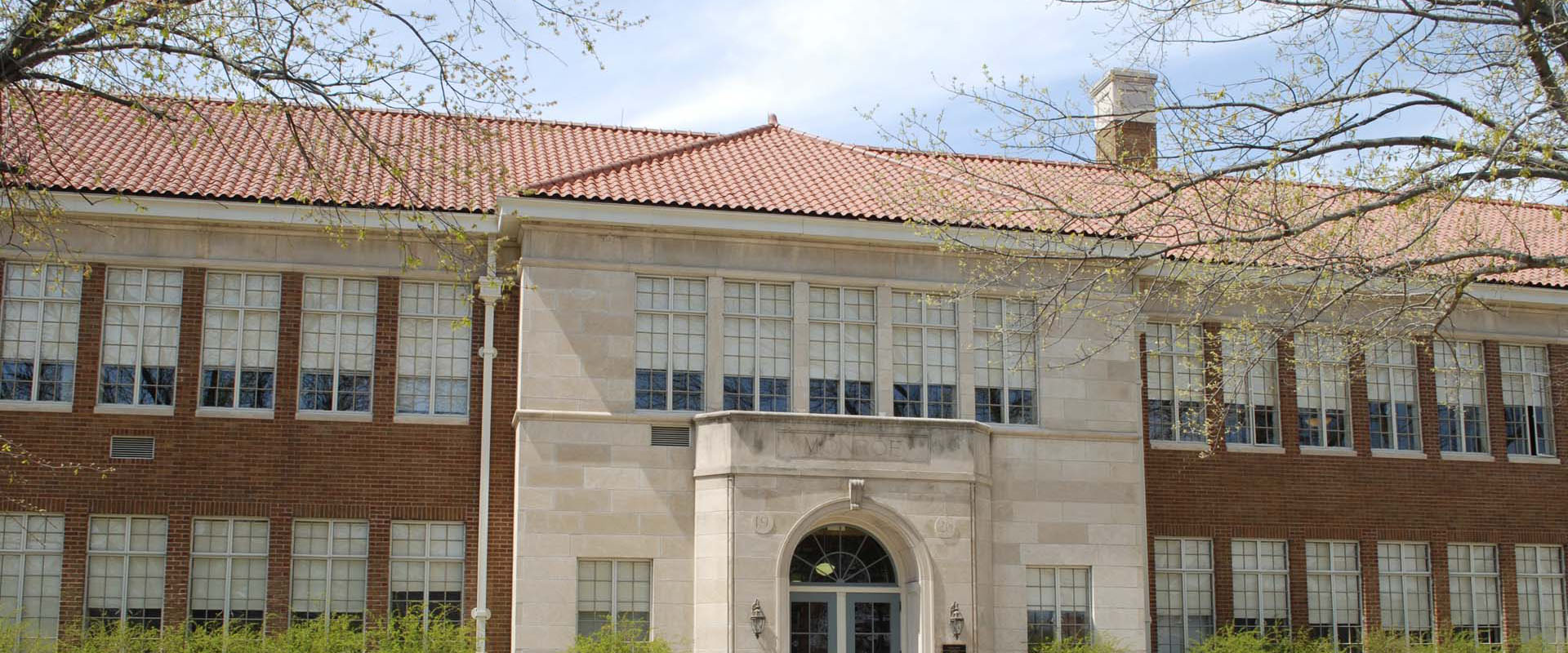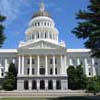Court Overturns School Closure Decision Based on Insufficient Evidence to Support a CEQA Categorical Exemption

October 2015
Number 54
In a recent decision, a California appellate court voided a school district's action to close two schools and transfer the students to other schools based on the court's finding that the district did not comply with the California Environmental Quality Act (CEQA). The district had found the closure and transfer to be exempt from CEQA, but the court held that there was insufficient evidence in the record to support that finding. The case is a reminder of the importance of having a strong supporting record when concluding an activity is exempt from CEQA.
CEQA is subject to both statutory and categorical exemptions. One statutory exemption often relied upon by school districts is found in section 21080.18 of the Public Resources Code, which states that CEQA does not apply to the closing of any public school in which kindergarten or any of grades 1 through 12 is maintained or the transfer of students from that public school to another school if the only physical changes involved are categorically exempt from CEQA. The CEQA Guidelines (14 Cal. Code Regs., §§ 15000, et seq.) contain 33 additional categorical exemptions, many of which are also relied on by school districts. One such exemption is Class 14, which consists of minor additions to existing schools within existing school grounds where the addition does not increase original student capacity by more than 25% or ten classrooms, whichever is less. While statutory exemptions are generally absolute, the categorical exemptions are subject to exceptions, including when there is a reasonable possibility that the activity will have a significant effect on the environment due to "unusual circumstances" or "cumulative impacts." Because the statutory exemption for school closure rests on the further conclusion that any physical result of the closure is categorically exempt, deciding whether the closure is subject to CEQA review will usually hinge on whether a categorical exemption applies.
In Save Our Schools v. Barstow Unified School District Board of Education (September 2, 2015), 2015 Cal.App. Lexis 779 (Save Our Schools), the school district addressed financial complications and declining enrollment by deciding to close two elementary schools and to transfer the students from those two schools to other receptor schools within the district. In doing so, the district relied on the statutory exemption for closing public schools in combination with the Class 14 categorical exemption for minor additions to schools. A neighborhood group challenged the exemption decision, contending that insufficient evidence supported the district's determinations that the closures and transfers were exempt. The group further argued that even if the district's activities were exempt, the "unusual circumstances" and "cumulative impact" exceptions applied, defeating the exemptions.
The court of appeal agreed with the neighborhood group and voided the district's resolutions approving the school closures and student transfers. The court found that the administrative record did not contain "substantial evidence" regarding the "original student capacity" of any of the receptor schools. There was also nothing in the record indicating that the district would limit the number of students that would be allowed to transfer to a particular receptor school. Based on the record, the court found that it was impossible for the district to determine that the closures and transfers would not increase the total student enrollment of any of the receptor schools beyond the levels allowed by that exemption. Thus, the district was not entitled to rely on that exemption.
The court ordered the district to reconsider its exemption determination, acknowledging that the district would be allowed to accept and consider additional evidence that was not before it when it made the original exemption determination. The court also stated that, if the district is unable to determine that the closures and transfers were exempt from CEQA when they were originally approved, the trial court could provide relief by ordering the district to reopen the schools or to take other steps to mitigate any adverse environmental impacts of the closures and transfers.
The lesson from this case is that, when relying on CEQA exemptions, school districts and other public agencies should ensure that their administrative records contain evidence supporting any criteria set forth in the exemption. The Save Our Schools court repeatedly cites the earlier case of San Lorenzo Valley Community Advocates for Responsible Education v. San Lorenzo Valley Unified School District (2006) 139 Cal.App.4th 1356. That case is illustrative both of many of the legal arguments that are raised against school closure and of the steps that a school district can take to limit its exposure to such legal challenges. Most significantly, in San Lorenzo, the school district had considered the Class 14 exemption by expressly calculating the capacity of its schools, and the court there upheld the school district's school closure decision.
If you have any questions regarding this case, categorical exemptions, or CEQA in general, please contact one of our nine offices located statewide. You can also visit our website, follow us on Facebook or Twitter, or download our Client News Brief App.
Number 54
In a recent decision, a California appellate court voided a school district's action to close two schools and transfer the students to other schools based on the court's finding that the district did not comply with the California Environmental Quality Act (CEQA). The district had found the closure and transfer to be exempt from CEQA, but the court held that there was insufficient evidence in the record to support that finding. The case is a reminder of the importance of having a strong supporting record when concluding an activity is exempt from CEQA.
CEQA is subject to both statutory and categorical exemptions. One statutory exemption often relied upon by school districts is found in section 21080.18 of the Public Resources Code, which states that CEQA does not apply to the closing of any public school in which kindergarten or any of grades 1 through 12 is maintained or the transfer of students from that public school to another school if the only physical changes involved are categorically exempt from CEQA. The CEQA Guidelines (14 Cal. Code Regs., §§ 15000, et seq.) contain 33 additional categorical exemptions, many of which are also relied on by school districts. One such exemption is Class 14, which consists of minor additions to existing schools within existing school grounds where the addition does not increase original student capacity by more than 25% or ten classrooms, whichever is less. While statutory exemptions are generally absolute, the categorical exemptions are subject to exceptions, including when there is a reasonable possibility that the activity will have a significant effect on the environment due to "unusual circumstances" or "cumulative impacts." Because the statutory exemption for school closure rests on the further conclusion that any physical result of the closure is categorically exempt, deciding whether the closure is subject to CEQA review will usually hinge on whether a categorical exemption applies.
In Save Our Schools v. Barstow Unified School District Board of Education (September 2, 2015), 2015 Cal.App. Lexis 779 (Save Our Schools), the school district addressed financial complications and declining enrollment by deciding to close two elementary schools and to transfer the students from those two schools to other receptor schools within the district. In doing so, the district relied on the statutory exemption for closing public schools in combination with the Class 14 categorical exemption for minor additions to schools. A neighborhood group challenged the exemption decision, contending that insufficient evidence supported the district's determinations that the closures and transfers were exempt. The group further argued that even if the district's activities were exempt, the "unusual circumstances" and "cumulative impact" exceptions applied, defeating the exemptions.
The court of appeal agreed with the neighborhood group and voided the district's resolutions approving the school closures and student transfers. The court found that the administrative record did not contain "substantial evidence" regarding the "original student capacity" of any of the receptor schools. There was also nothing in the record indicating that the district would limit the number of students that would be allowed to transfer to a particular receptor school. Based on the record, the court found that it was impossible for the district to determine that the closures and transfers would not increase the total student enrollment of any of the receptor schools beyond the levels allowed by that exemption. Thus, the district was not entitled to rely on that exemption.
The court ordered the district to reconsider its exemption determination, acknowledging that the district would be allowed to accept and consider additional evidence that was not before it when it made the original exemption determination. The court also stated that, if the district is unable to determine that the closures and transfers were exempt from CEQA when they were originally approved, the trial court could provide relief by ordering the district to reopen the schools or to take other steps to mitigate any adverse environmental impacts of the closures and transfers.
The lesson from this case is that, when relying on CEQA exemptions, school districts and other public agencies should ensure that their administrative records contain evidence supporting any criteria set forth in the exemption. The Save Our Schools court repeatedly cites the earlier case of San Lorenzo Valley Community Advocates for Responsible Education v. San Lorenzo Valley Unified School District (2006) 139 Cal.App.4th 1356. That case is illustrative both of many of the legal arguments that are raised against school closure and of the steps that a school district can take to limit its exposure to such legal challenges. Most significantly, in San Lorenzo, the school district had considered the Class 14 exemption by expressly calculating the capacity of its schools, and the court there upheld the school district's school closure decision.
If you have any questions regarding this case, categorical exemptions, or CEQA in general, please contact one of our nine offices located statewide. You can also visit our website, follow us on Facebook or Twitter, or download our Client News Brief App.
As the information contained herein is necessarily general, its application to a particular set of facts and circumstances may vary. For this reason, this News Brief does not constitute legal advice. We recommend that you consult with your counsel prior to acting on the information contained herein.







